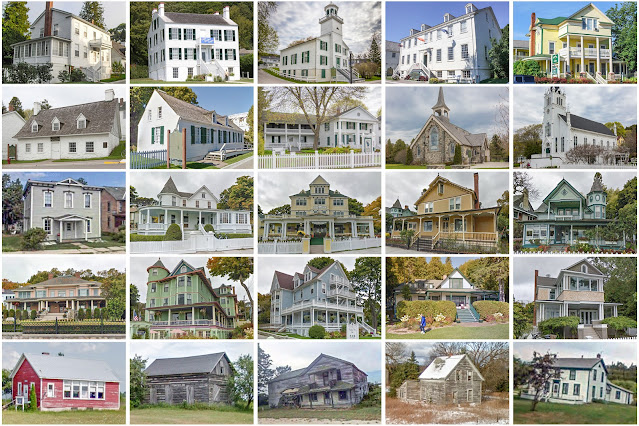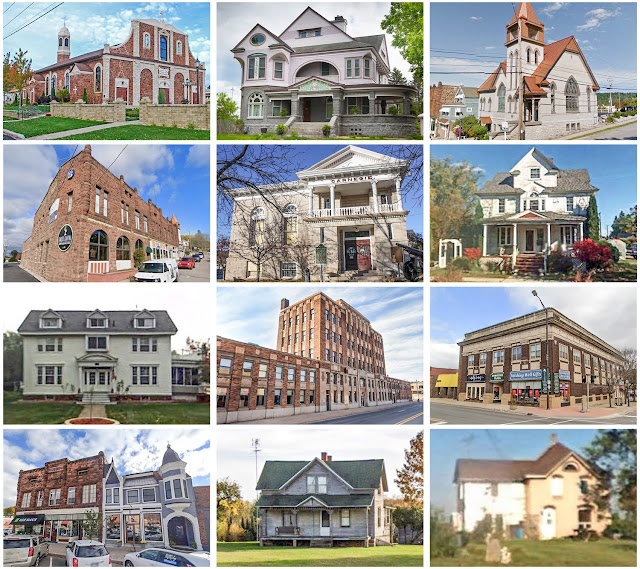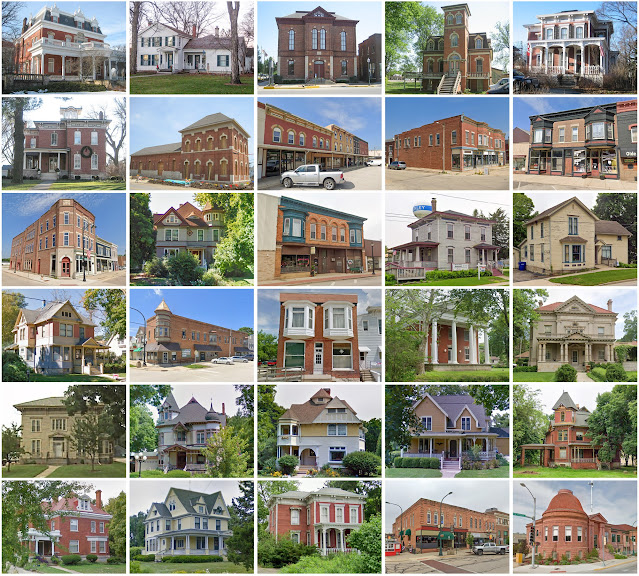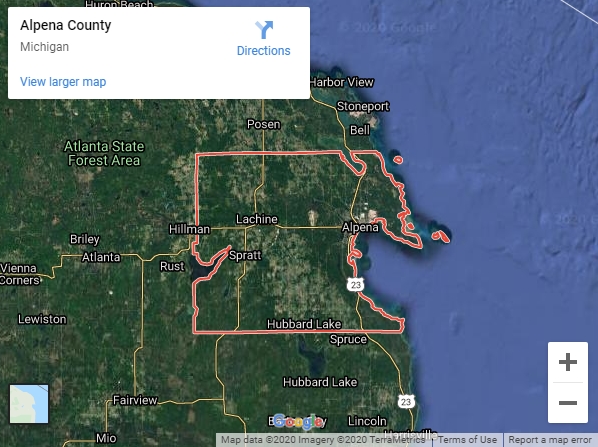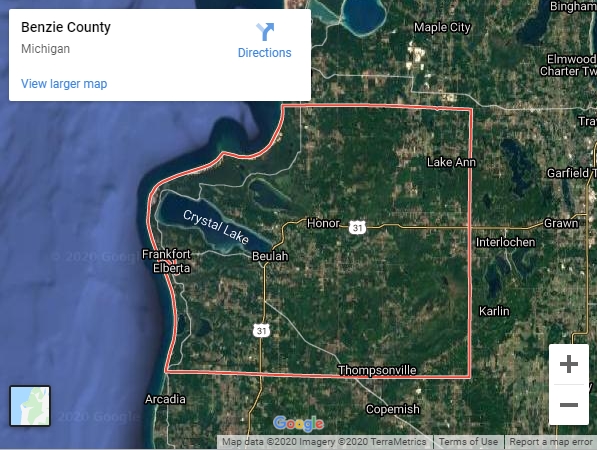Ramsey County, Minnesota

Founding: 1849 Parent counties: Unorganized territory Namesake: Alexander Ramsey, first Minnesota territorial governor Seat: St. Paul (1849–) Land area: 152 square miles Population (2020): 552,352 Population (historic): 2,227 (1850); 23,085 (1870); 139,796 (1890); 223,675 (1910); 286,721 (1930) Periods of population growth: 1850–1910; 1920s; 1940–1970; 2010s Subdivisions: 17 cities; one township National Register listings: 131 Pre-1940 residences (estimated): 57,491 (26.1%) Pre-1940 housing survival rate: 64.1% Pre-1860 housing survival rate (1940): 5.8% Farm housing in disrepair (1950): 2.1% Nonfarm housing in disrepair (1950): 4% Average farmhouse value (1930): $2,636 Average outbuilding value (1930): $1,911 Average farmhouse size (1940): 5.7 rooms Number of farms (1920): 983 Average farm size (1920): 36.8 acres Sources of settlement: Germany, Sweden, Ireland, New York, Canada, Wisconsin, and Pennsylvania ______________________________





